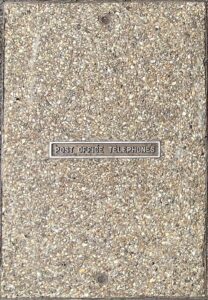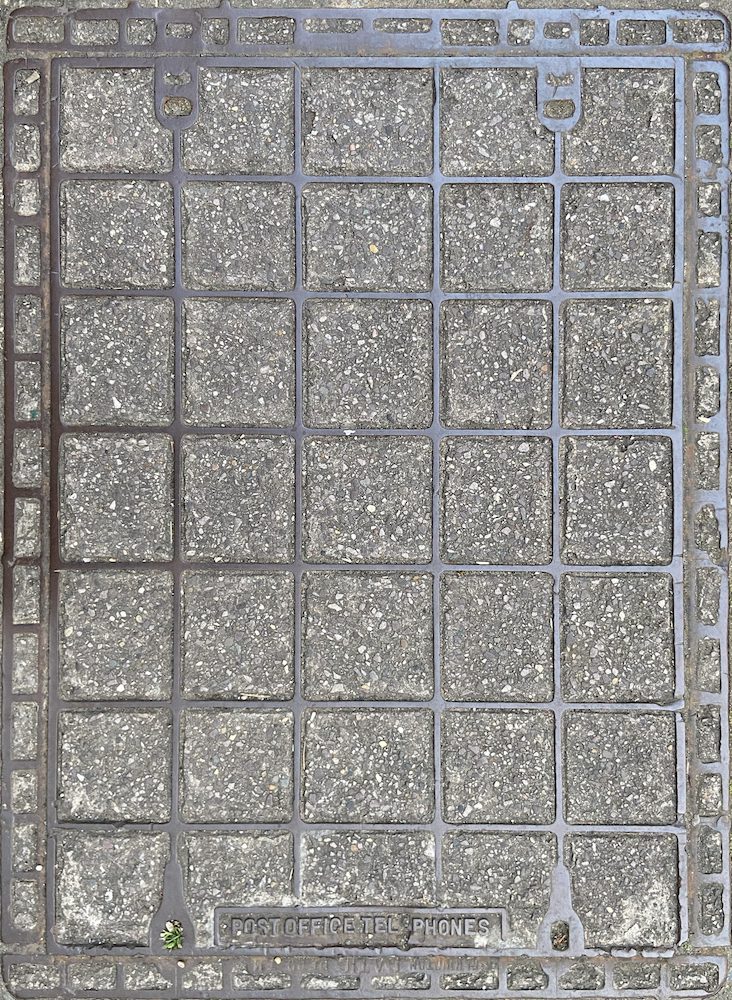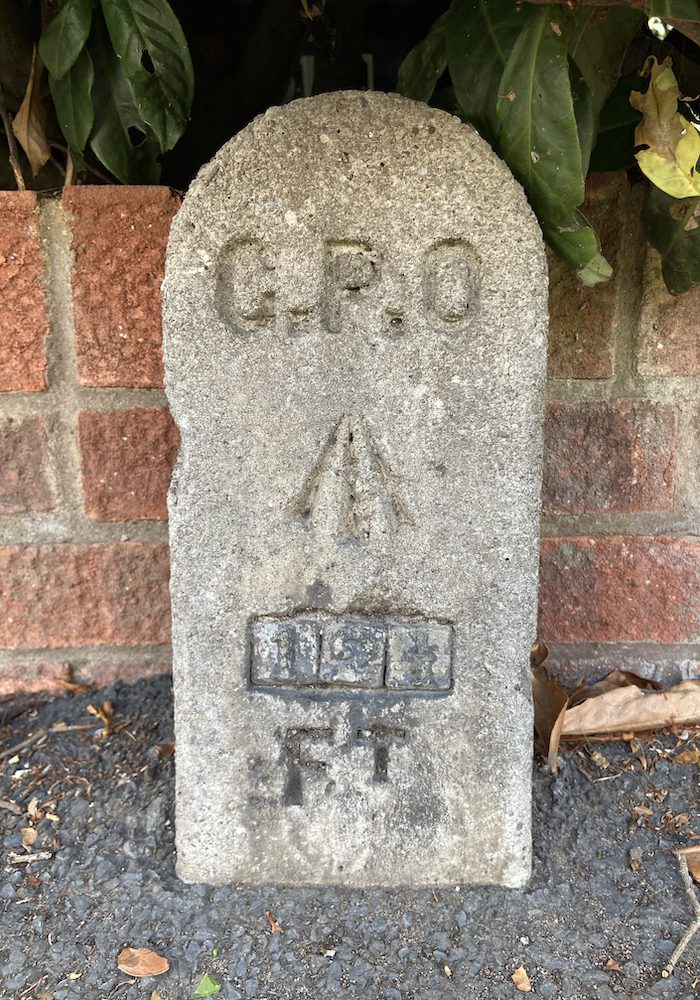When you walk down a street, you are walking over a complicated entanglement of wires and pipes that deliver our critical utilities, one of which is the UK’s telecommunications system. It provides us with telephone and broadband services, which have become the foundation of the digital age.
Much of our telecoms infrastructure is underground and many will walk over without realising its existence; however, some features are visible and offer clues about how the system has developed during the last 180 years.
This guide documents British telecoms heritage as and when we discover it during our journeys through Great Britain. We are slowly working our way up to providing a comprehensive guide organised into the following categories.
Telecoms heritage categories
FAQs
What is telecoms heritage?
Telecoms heritage refers to legacy objects, features, and equipment from previous eras of telecommunications.
Why does telecoms heritage deserve recognition?
Much telecoms heritage has disappeared as the system and Britain’s urban landscape have developed during the last 180 years. The UK was a global pioneer of telecommunications including the world’s first public telegraph company and sending the first SMS.
A brief history of the UK telecommunications system
The UK telecommunications system grew out of a network of wires established by the first telegraph companies in the 1840s. These privately owned telegraph networks were nationalised in 1868 and control was transferred to the General Post Office (GPO) in 1870. The GPO started to licence private telephone service providers from 1881. The National Telephone Company (NTC) became the largest service provider after buying a series of small local companies over a period of 30 years culminating in the nationalisation of the telephone network in 1911.
The GPO took control of the NTC in 1912 and retained a monopoly on the provision of telecommunication services (with the exception of Kingston upon Hull) until it was changed from a department of state to a statutory corporation in 1969 and renamed the Post Office in an effort to improve operational efficiency.
The Post Office Telecommunications division was responsible for the monopoly of services until it was separated and renamed British Telecom in 1980. British Telecom’s monopoly was broken in 1982 when a licence was granted to Mercury Communications.
British Telecom was then transformed into a public limited company in 1984 with 50.2% of its shares offered for sale. The UK government gradually sold its shares over a period of 13 years. British Telecom was renamed BT in 1991 and is still the largest provider of fixed-line, broadband, and mobile services in the UK.
Telecom street covers
What is a telecom street cover?
Telecom street covers are typically manufactured from concrete and cast iron or steel. They protect pedestrians and vehicles from falling into holes used as infrastructure access points. There are two types of cover:
- Joint box covers – Covers boxes integrated into footways or carriageways containing cable joints. The covers essentially are box lids providing access once lifted. Joint boxes are mostly located between exchanges and cabinets, and between cabinets and distribution points.
- Manhole covers – Covers manholes leading to cables and controls in spaces or tunnels deeper underground. These deep spaces are generally located in the centre of towns and cities. They are not commonly constructed today due to the risks of working underground including the dangers of gas.
Footway Covers
We start with one of the earliest telecoms covers produced for the National Telephone Company (NTC), which was the largest private service provider before it was nationalised and taken over by the General Post Office (GPO) in 1912.
We now detail covers that were produced after the General Post Office (GPO) became a national monopoly of UK telephone services in 1912.
Larger joint box covers are heavier and located in urban centres, housing areas, and rural settlements. The early cast iron framed concrete variants are based on the original cover designs of the National Telephone Company (NTC).
Channels, Joint Box No. 6
Channels, Joint Box covers were renamed Frames & Covers, Footway in the mid 1960s. They also have single covers, and are located in urban centres, housing areas, and rural settlements.
Frames & Covers, Footway No. 4
Cover – Single
Materials – Steel frame with concrete cover
Approx dimension – 55 x 100 cm
Earlier models contain a cast iron marking plate with later models using plastic.

General Post Office
1969

Post Office Telephones
1979

1994
Covers for joint boxes built into footways. The smallest boxes contain customer connections and are designed to withstand pedestrian and light vehicular loading only. They are commonly found in housing areas.
Driveway Covers
Introduced in 1982 as an improved cover for traffic conditions that do not justify the use of heavy duty frames and covers. Driveway covers are lighter and less expensive.
Carriageway Covers
Covers for larger joint boxes built into carriageways. They are extremely heavy to accommodate the weight of vehicles passing over.
Elkington Covers
Elkington Gatic produced a range of covers and frames using a portcullis-styled frame design, made from cast iron. The frame cells are commonly filled with asphalt or concrete. This design is referred to as ‘Elkington’ and these covers are found in footways and carriageways.
Covers & Frames, Unit Type
Type – Single, Dual & Triple
Materials – Cast iron frame with asphalt centre
The single covers are used for carriageway & footway manhole shafts. The dual and triple covers are used for joint boxes. Each cover has four bolts that are opened by D-shaped Keys, Joint Box No. 2.
Covers & Frames, Elkington Gatic
Type – Single & Dual
Materials – Cast iron frame with asphalt or concrete centre
Unit Type covers are found in carriageways and footways. The single covers are used for carriageway & footway manhole shafts. The dual and triple covers are used for and Has four bolts per cover that are opened by D-shaped Keys, Joint Box No. 2.
Telecom cabinets
What is a telecom cabinet?
Telecom cabinets contain incoming telephone cables from the exchange and act as a control panel for all outgoing cables that run to customer distribution points. These cabinets are referred to as Primary Connection Points (PCP) and commonly painted dark green.
Early models were made out of cast iron with panelled doors. Some cast iron cabinets contain replacement doors made of steel. Later models were made from fibreglass. All cabinets use triangular Openreach keys arranged in duets or quartets.
Telecom marking posts
What is a telecom marking post?
Telecom marking posts mark the location of buried cable joints. They contain numerals detailing the horizontal distance of the cable joint from the post. Early posts were made of cast iron before transitioning to concrete. The early cast iron posts had their numerals removed during World War II as a precautionary measure amid fears of an enemy invasion.

















































